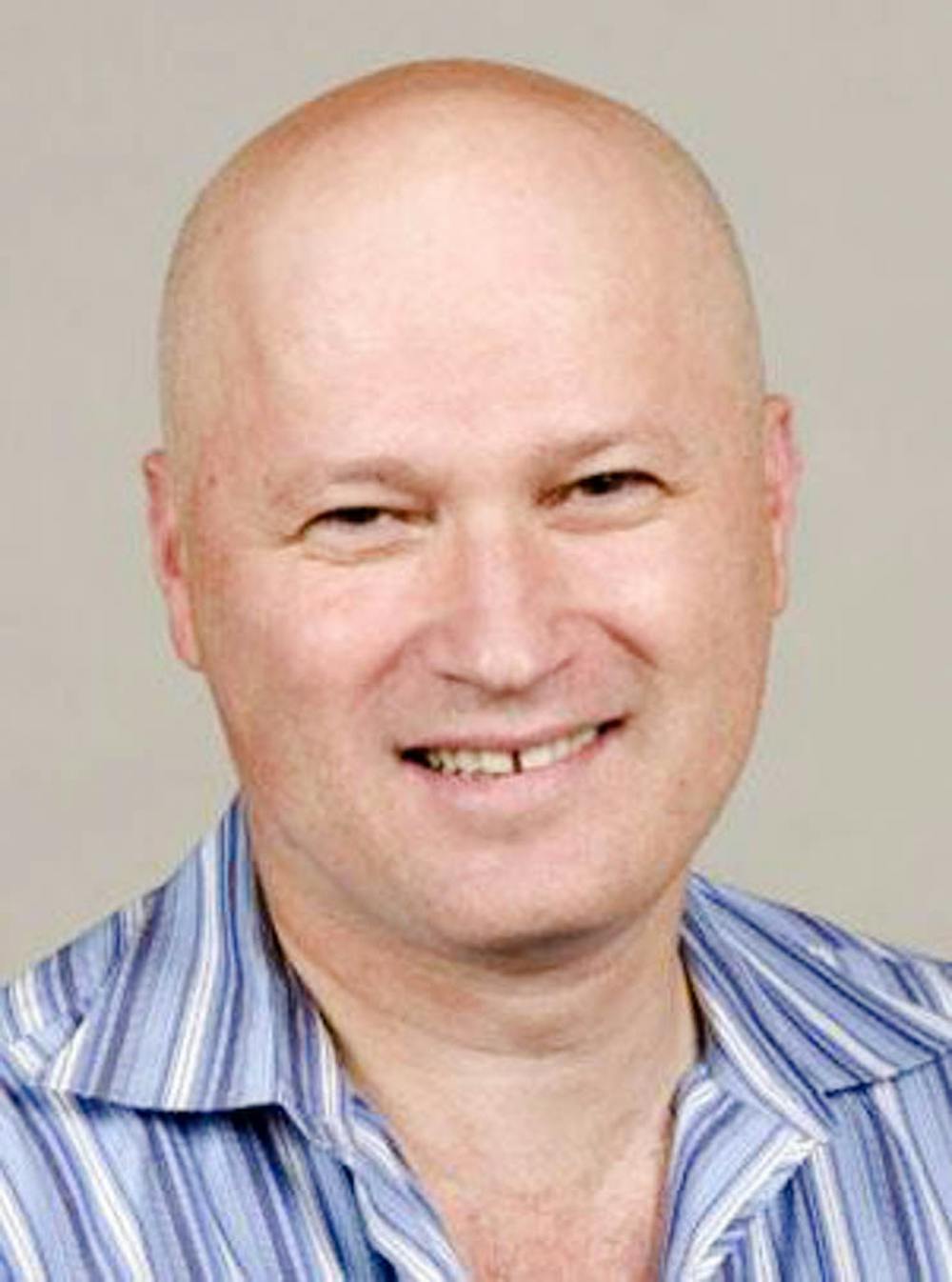Funded by a grant from the Pew Charitable Trusts, Gilad Barnea, associate professor of neuroscience, will partner with Ben Stanger, associate professor of medicine at Penn, in an attempt to utilize specialized methods for tracking substances between nerve cells to study how cancer cells move. The two scientists aim to develop an effective way to track the movement of cancer cells and ultimately discover how and when tumors spread.
The National Institutes of Health estimates that 90 percent of cancer deaths occur due to metastasis, or the spreading of cancer cells. But very little is known about the nature of their movement, as well as the reasons for why and where they move.
“Metastasis is hard to study because it’s hard to see when the cell actually moves. It could happen at any point in time, which creates a black box scenario where we don’t really know what happens when a cell moves from its primary site to metastasis,” Stanger said.
Barnea has devoted many years of his life to developing a method that tracks and labels neural circuits through the synapses. Both scientists saw that Barnea’s research, though focused on movement within the nervous system, could have potential applications in studying the nature of metastasis. “The method that (my team) developed, when stripped down from the specifics of the nervous system, could be a helpful tool in allowing us to study cancer,” Barnea said.
Barnea and Stanger learned about each other’s scientific interests and pursuits through the annual meetings that the Pew Charitable Trusts organizes for the members of the Pew Scholars Program. Their current project is supported by the Pew Innovation Fund. This round of awards is the first of its kind and targets alums of other Pew awards and grants. Barnea and Stanger are both former awardees of the Pew Scholars Program in the biomedical sciences, which provides four years of funding to young outstanding assistant professors, supporting their independent research and jumpstarting their careers. During the four years, award recipients attend annual meetings as part of the program’s community-building initiative.
“These meetings bring together researchers that normally wouldn’t interact because of the many diverse research fields represented,” said Kara Coleman, project director of biomedical programs at the Pew Charitable Trusts. “Researchers are exposed to all different types of research, questions, perspectives and ideas from people outside their fields, which has led to many collaborations between individuals who find complementary ideas, even if they’re studying completely different things.”
One of the goals of the Pew 2017 Innovation Grant was to encourage and reward interdisciplinary ideas that had potentially unique medical applications. “Ideally, we look for two individuals with distinct areas of expertise that don’t really overlap and with an idea that, when put together, can tackle a project no individual lab can do alone,” Coleman said. The grant also targets ideas that are not yet off the ground and which lack other sources of funding because there is not enough evidence to support their potential.
Stanger mentioned that the theoretical application of Barnea’s research is simple: “We can use the same toolbox that was developed in Barnea’s research and get tumor cells to mark all the cells that they are in touch with as they metastasize.”
That could indicate how cancer cells move through the body, he added.
While it may be too early to project the success of this research, both scientists envision many applications. “Assuming that things go well, our research may allow us to intervene medically in the future, with possible therapeutic impact,” Barnea said. “Nevertheless, our research will hopefully deepen our understanding of different aspects of cancer and cancer movement.”
Coleman said that Barnea and Stanger’s proposal exemplifies the raw interdisciplinary thinking that the Innovation Fund saw as a possibly impactful project. “This project is one of those things that, if it works, could be completely revolutionary, and that’s exactly the kind of thing that this program is trying to promote,” she added.
The grant’s purpose highlights the importance of interdisciplinary research in science.
“I’ve seen first-hand how interdisciplinary science can be very valuable, specifically the applications of my postdoctoral work in development biology to my current work in cancer biology,” Stanger said. “While I’ve never done research that spans as great a distance as cancer biology and neuroscience, it is exciting and very cool to think about all the potential work that can be done.”
“The model that I developed in my own research stems from my own unique way of interdisciplinary thinking and expertise,” Barnea said. “The great part about interdisciplinary research is that if you combine two different (areas of) expertise, you are likely to create something that is unique to you.”
Correction: A previous version of this article said that the biomedical scholars program is administered by The Pew Research Center. In fact, it is administered by the Pew Charitable Trusts. The Herald regrets the error.





